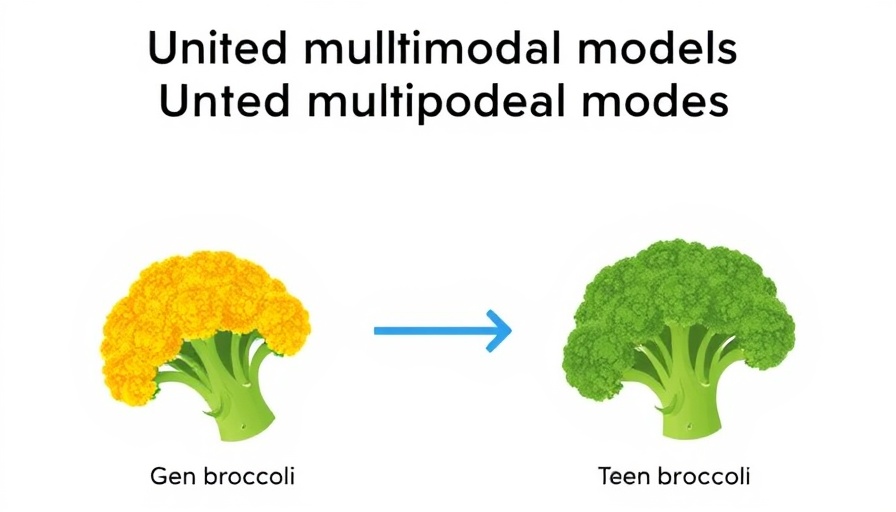
Understanding Unified Multimodal Models: A New Frontier in AI
Unified multimodal models (UMMs) strive to bridge the gap between visual and textual understanding in artificial intelligence, creating platforms that can both interpret and generate visual content similarly to how large language models do for text. This ambitious directive promises to revolutionize not only AI technology but also its applications in various sectors. Yet, these models come with inherent challenges due to their reliance on sparse image-text pairings, which often fail to capture the intricate details of the visual world.
The Limitations of Caption-Based Learning
At the heart of UMMs lies a significant issue: the limitations of captions in providing adequate visual context. Even extended captions miss critical elements like spatial relationships and nuanced attributes, resulting in models that understand concepts without the capability to generate them accurately. For instance, while a model can recognize an unusual concept like yellow broccoli, it may default to generating the more common green broccoli. This misalignment between understanding and generation can lead to systematic biases and frustrations in practical applications.
Introducing Reconstruction Alignment (RecA)
In response to these challenges, researchers have proposed a groundbreaking technique known as Reconstruction Alignment (RecA). This post-training approach harnesses dense visual embeddings rather than relying solely on text captions, significantly enriching model training. By utilizing frameworks like CLIP and SigLIP, which translate images into a semantically aligned space, RecA provides a richer understanding of visual semantics. The key question becomes whether training models with these semantic embeddings can enhance generational accuracy, thereby transforming how we use AI in creative domains.
The Implications of Improved AI Generation
Successful integration of methods like RecA could open new avenues for artificial intelligence across various fields. From art and design to music generation and filmmaking, the implications are vast. Imagine AI tools that not only understand human creativity but also contribute meaningfully to it. Educational platforms could evolve, offering learners deeper insights into the mechanisms of AI, transforming the landscape of AI education for beginners. As AI continues to evolve, understanding these foundational concepts is vital for anyone interested in navigating this transformative field.
Concluding Thoughts: The Future of AI
As we push boundaries in the realm of AI, aligning understanding with generation is critical. By embracing advanced techniques like RecA, we might soon witness an era where AI plays a fundamental role in enhancing human creativity and intelligence. Engaging with AI basics and exploring machine learning fundamentals can prepare us for a future rich with innovative possibilities. The journey into the world of AI not only demystifies complex technologies but also enables everyone to harness these advancements in their fields.
 Add Row
Add Row  Add
Add 




Write A Comment